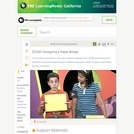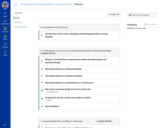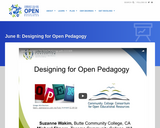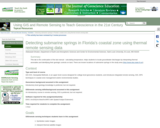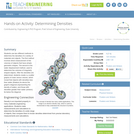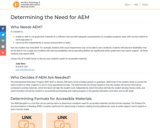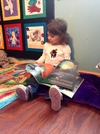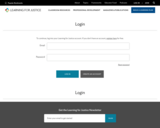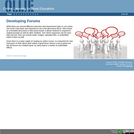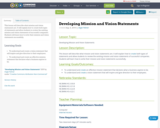Short Description:
In a series of keynote events from spring 2022 to spring 2023, five globally-recognized educators, curriculum designers, and public scholars presented on designing for justice for Oregon's open education community. To support ongoing engagement with each event, Open Education Instructional Designer Veronica Vold developed this companion guide for individual and group study.
Long Description:
In a series of keynote events from spring 2022 to spring 2023, five globally-recognized educators, curriculum designers, and public scholars presented their vision and practice for designing for justice in open education. Speakers included Dr. Maha Bali, Andratesha Fritzgerald, Jess Mitchell, Dr. Mays Imad, and Dr. Sasha Costanza-Chock. The series built momentum for equity-minded design in open education in Oregon and offered interactive and accessible professional development for OER champions at Oregon’s public colleges and universities. To support ongoing engagement with each event, Open Education Instructional Designer Veronica Vold developed this companion guide for individual and group study.
Each speaker takes up distinct themes in designing for justice: In “Towards Openness that Promotes Social Justice,” Dr. Maha Bali explores entangled openness, inviting participants to analyze factors of oppression in OER creation and to engage new frameworks for design that Maha developed with colleagues, including the Compassionate Learning Design Model and Intentionally Equitable Hospitality. In “Power and Empowerment: Honoring By Decision and Design,” Andratesha Fritzgerald expertly models strategies to increase learner agency while exploring the difference between cultures of honor and cultures of power, arguing that Universal Design for Learning (UDL) must be coupled with anti-racism, a “protective action to design for those on the margins or fringes of success in academia.” In “Designing for Equity: Moving Beyond Inclusion 101,” Jess Mitchell advocates for tactical and relational strategies in managing oppressive educational systems, asking instructors to deeply humanize instructor-student relationships whenever possible. In “Harnessing the Resilience Within,” Dr. Mays Imad draws on the neurobiology of learning to examine radical implications for instructors and students when we “befriend” our social engagement nervous systems. In “Design Justice and Design Pedagogies,” Dr. Sasha Costanza-Chock applies Patricia Hill Collins’ matrix of domination in a design justice framework and challenges Oregon’s open education community to put 10 Principles of Design Justice into practice.
Designing for Justice: An Open Education Speaker Series was funded by the federal Governor’s Emergency Education Relief Fund.
Word Count: 14042
(Note: This resource's metadata has been created automatically by reformatting and/or combining the information that the author initially provided as part of a bulk import process.)
